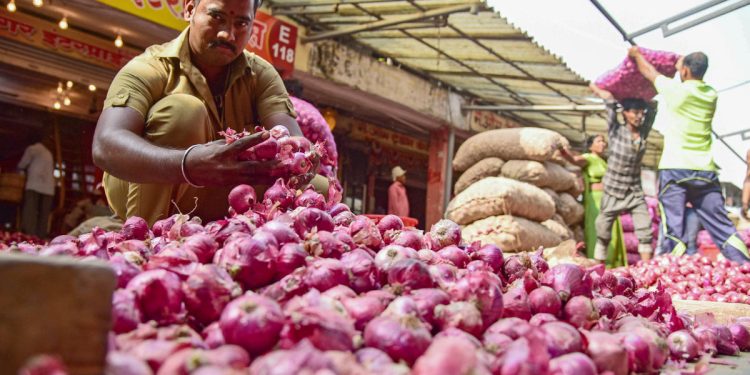Maharashtra, the largest onion-producing state in India, is currently facing a crisis as onion prices have plummeted to a new low, leaving farmers in Nashik district struggling to make ends meet. The state, which accounts for over 30% of the country’s onion production, has been hit by a combination of factors, including oversupply, a decrease in demand, and a lack of storage facilities.
The low prices of onions have left many farmers with unsold produce, forcing them to sell at prices that are far below the cost of production. This has resulted in significant losses for farmers, who are already burdened with high input costs, such as seeds, fertilizers, and labor.
The situation has been exacerbated by the COVID-19 pandemic, which has led to a decrease in demand for onions, especially from the hotel and restaurant industry. The closure of markets during the pandemic has also resulted in a lack of access to storage facilities, causing onions to rot in the fields.
The Maharashtra government has taken some steps to support onion farmers, including announcing a minimum support price (MSP) for onions, setting up temporary storage facilities, and providing financial assistance to farmers. However, these measures may not be enough to alleviate the suffering of the farmers in the short term.
The crisis in the onion market in Maharashtra highlights the need for long-term solutions to support farmers and ensure their economic stability. This includes improving infrastructure and storage facilities, promoting crop diversification, and providing farmers with access to credit and market information.
In conclusion, the low prices of onions in Maharashtra have resulted in significant losses for farmers and highlight the need for systemic change in the agriculture sector. While short-term measures can provide some relief, long-term solutions are needed to address the root causes of the crisis and ensure the livelihoods of farmers are protected.

































